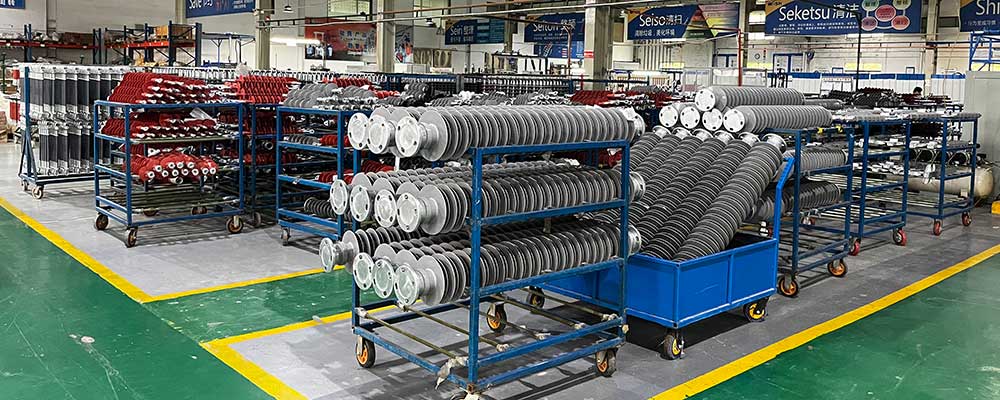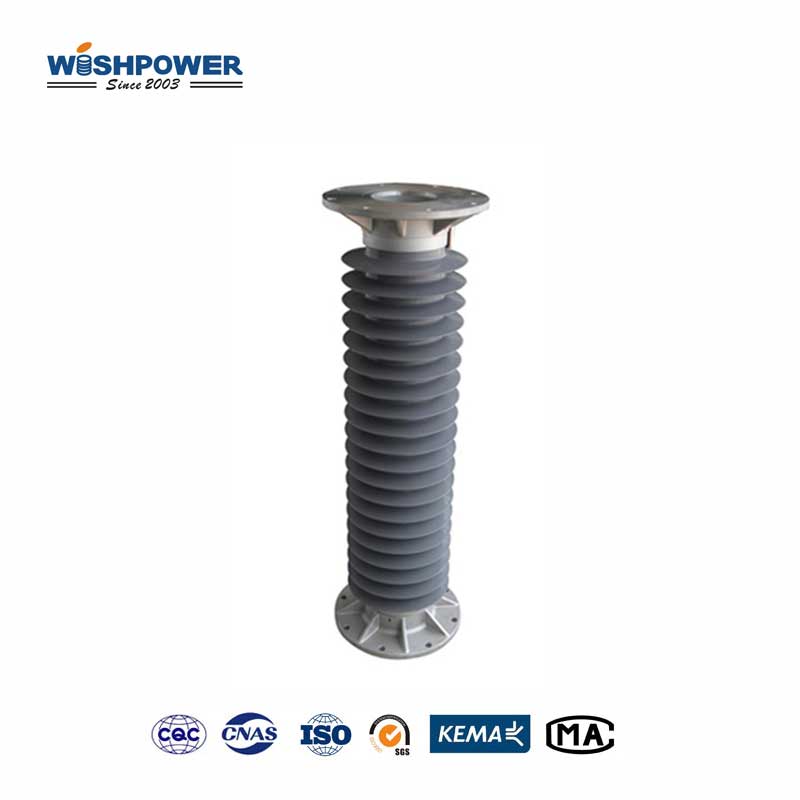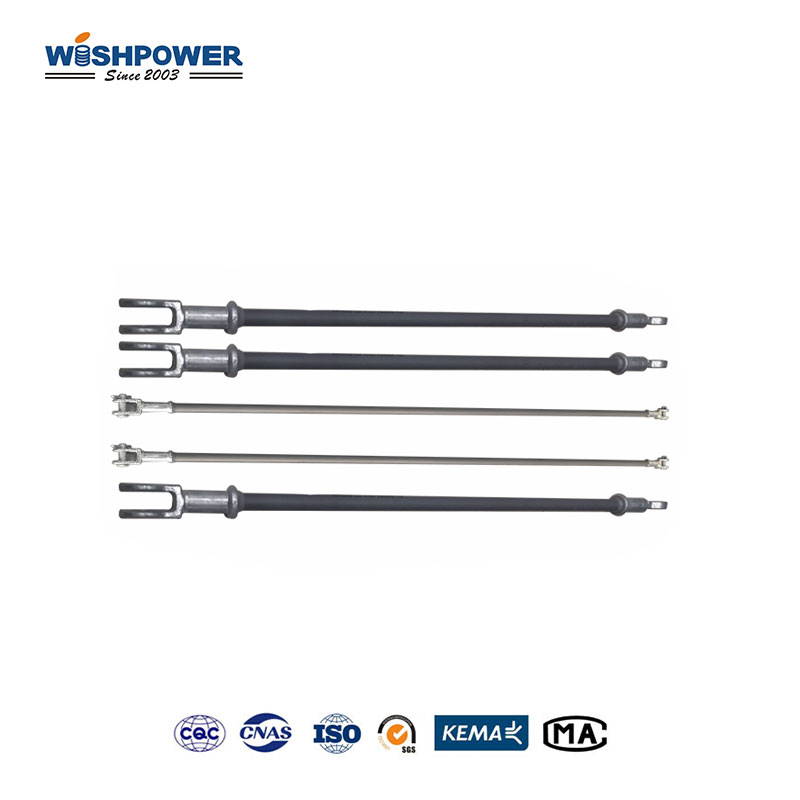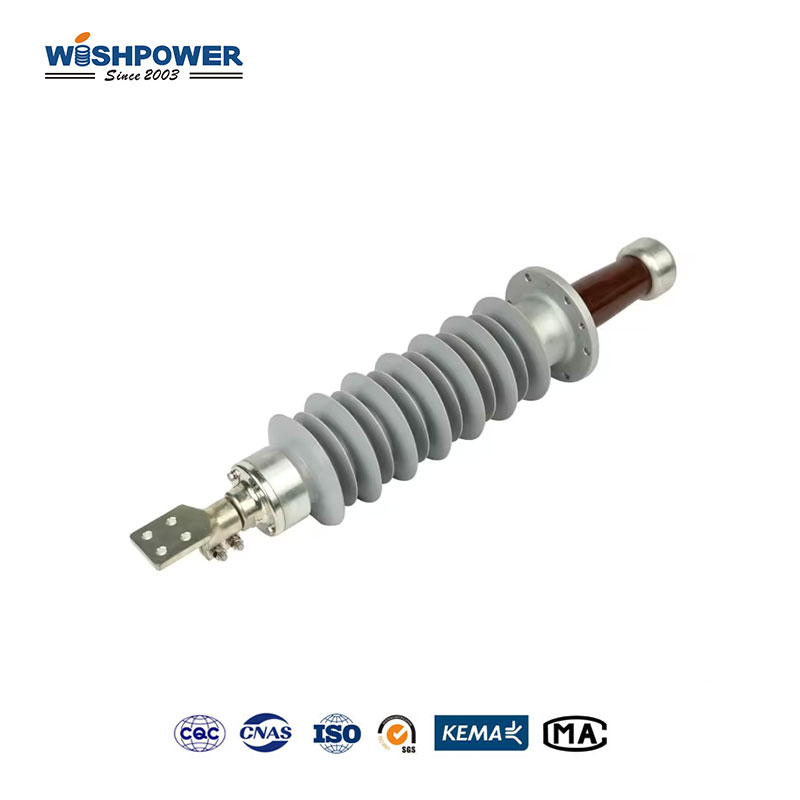Composite insulators are known to have much lighter weight, higher pollution resistance, and require less maintenance than traditional porcelain and glass insulators. Nevertheless, even these advanced solutions have their disadvantages which are to be taken into consideration for best use.

What are the disadvantages of composite insulators?
1. Shorter service life than typical materials
Excess dust can also reduce or stop the performance of composite insulators, a problem that persists through improper cleaning of these insulators and does not occur with traditional porcelain or glass insulators. Composite insulators, mainly composed of polymer materials, have less life than porcelain insulators but are also more susceptible to aging and environmental aging. Polymers have the major advantage that they degrade over time under the effect of factors like UV radiation, ozone, and extreme weather conditions; this often necessitates more frequent replacement than materials made of metal. It needs to be pointed out, however, that the composite insulator service life is increasing steadily as technology advances.
2. Higher initial cost
A second disadvantage of composite insulators is their higher initial cost. However, producing composite insulators often requires higher upfront investment in materials and manufacturing processes especially for those of newer designs or with new materials, such as silicone rubber or EPDM, than conventional insulators. This however; is a higher initial cost but in the long run those costs are offset by less maintenance costs, lower weight (lower shipping and installation costs), and superior performance in polluted environments. The total cost of ownership in the long run is usually as good, if not better, than conventional insulators.
3. Susceptibility to surface contamination and erosion
Composite insulators are designed for a wide range of environmental conditions but in extreme circumstances, there is still surface contamination and erosion. While this may be drawn as a drawback, composite insulators usually work well in polluted conditions compared to porcelain insulators which are prone to surface contamination problems. Also, hydrophobic composite insulators can be used to make such insulators with the freedom to absorb moisture or contaminants, further reducing the possibility of flashovers and increasing reliability.
4. UV and weathering sensitivity
Exposure to UV radiation and extreme weather conditions for extended periods of composite insulators can degrade the polymer materials. Long-term UV exposure can cause the insulator surface to whiten and reduce its hydrophobicity, which then increases the risk of discharge resulting from contaminant accumulation. To overcome this problem, the various manufacturers add UV stabilizers to the polymer material by which the effect of degradation is reduced. In addition, composite insulators have become more resistant to the effects of weathering due to advances in design and material science.
6. Complex Manufacturing Processes
As with any other consumable, composite insulators present a more complex manufacturing process, and consequently variation across brands concerning quality and performance. Still, this drawback is being eliminated as industry standards become more strict, and quality control gets better. Research and development is yielding more but more consistent, reliable products.
How do you view the shortcomings of composite insulators?
Despite some disadvantages, such as shorter service life, vulnerability to surface damage, and increased initial cost, composite insulators have advantages that often outweigh these disadvantages. They have lighter weight, better performance in polluted environments, and easy handling, making them ideal for many modern transmission systems. At the same time, the durability, reliability, and cost performance of composite insulators keep increasing, thanks to continued materials and manufacturing process development.
If you have different opinions or want to know more, please leave a message on the website or contact us directly at info@wishpower.net

















